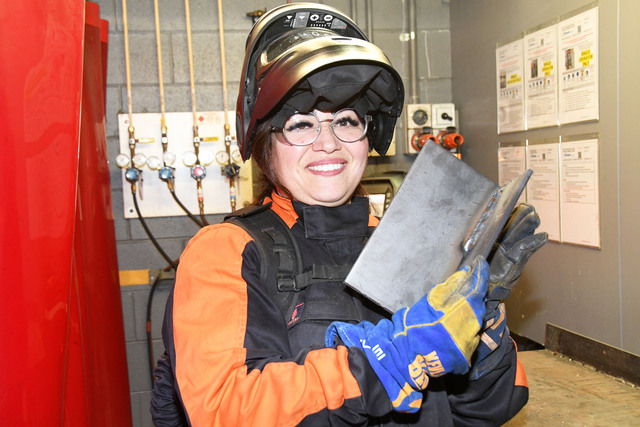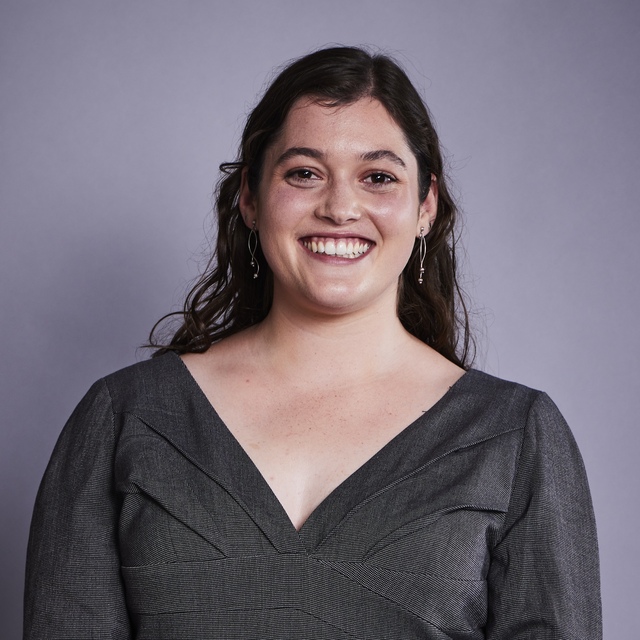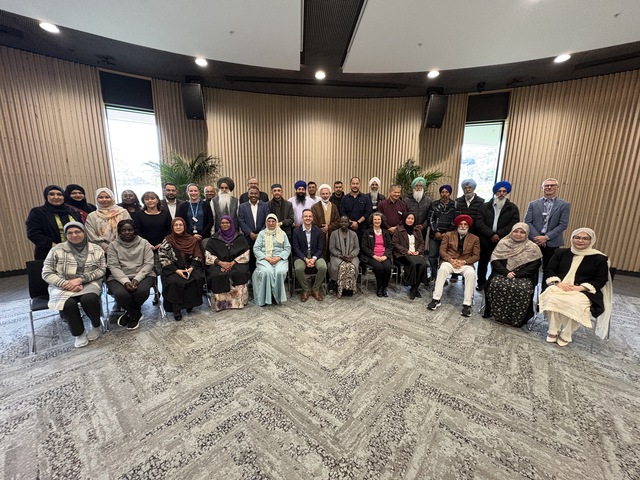Casey’s new state-of-the-art aquatic and leisure centre in Cranbourne East was officially opened to the public on the weekend after more than two years in the making.
It is the largest capital works project ever undertaken by the City of Casey.
On Saturday, 18 lucky winners of the Casey RACE competition and their friends were invited to test the aquatic centre before it was open for a free family fun day on Sunday.
Residents were able to view the facility after the official opening, and take part in guided tours.
Some of the highlights of the facility include a space bowl waterslide, tipping bucket, splash park, 130 metre-long tandem raft ride, group fitness studios, sauna and a crèche.
Casey mayor Geoff Ablett said Casey RACE was Australia’s first drought-proof aquatic and leisure facility and home to the state’s only space bowl waterslide, which was a big hit on the weekend.
“As mayor of the City of Casey, it is my greatest pleasure to officially open the Casey RACE, a stand-out leisure and aquatic facility not only locally but Australia-wide,” Cr Ablett said.
“The opening is the culmination of extensive planning, design and construction.
“I am equally proud to say that as one of the fastest growing communities in Australia, the council has been pro-active in planning for the future needs of our increasing population by building this benchmark facility.”
The design of Casey RACE allows collected rainwater and recycled pool water to be used, saving more than 26 million litres of drinking water each year, Cr Ablett said.
“There is no doubt that with school holidays around the corner the Casey RACE will be alive with action.”
Federal Infrastructure Minister Anthony Albanese and Holt MP Anthony Byrne welcomed the opening and said Casey RACE was a nation-leading example of environmentally and economic sustainable design.
“During construction, this project supported significant numbers of jobs locally and will continue to support jobs through its ongoing operation,” Mr Albanese said.
The Federal Government contributed $5.264 million to the facility and the Victorian Government contributed $2.5 million.
Grand splash- Casey RACE officially opened on the weekend and nine-year-old Shadae was one of
Digital Editions
-

10 years of connection and community
Purchase this photo from Pic Store: 513215 Around 400 people came together to celebrate the 10th anniversary of the Lynbrook Community Centre on Saturday 25…





